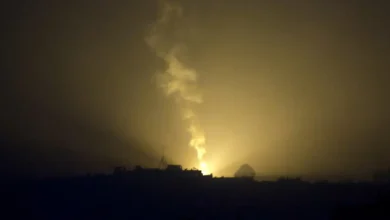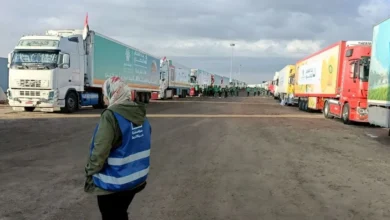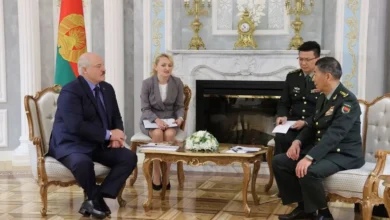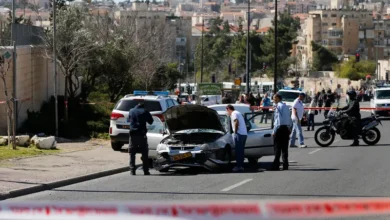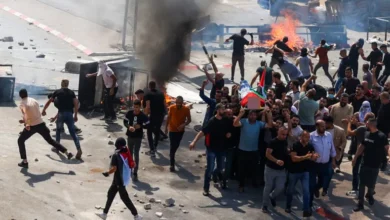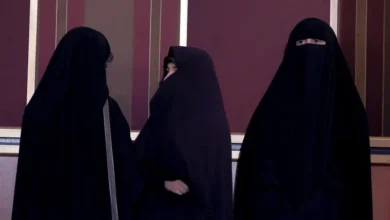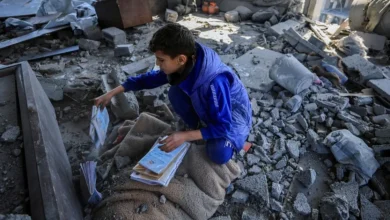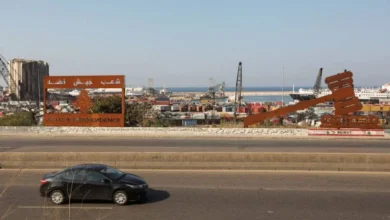Greek coastguard faces tough questions over refugee boat tragedy
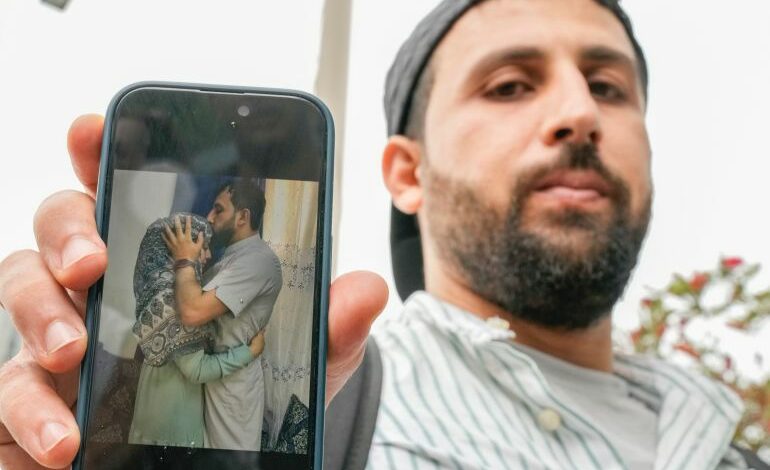
Survivors of a June 14 shipwreck off Greece’s west coast have given Al Jazeera conflicting reports of how their refugee-laden vessel sank.
Witnesses from among the 104 survivors said 750 people were onboard. Eighty-two bodies were recovered from the scene, 75km (47 miles) off Pylos in the Ionian Sea, after their fishing trawler capsized about 2am (23:00 GMT June 13).Among those feared drowned in the hull of the ship were about 100 children and teenagers, mainly from Syria, Al Jazeera was told.
“There were women, girls and boys – 13, 14, 15 years old. There were six or seven women with children, and there were families,” said Mohammed Alhosary from Egypt, who paid $4,000 for the voyage.
Alhosary said the trawler sank because it was overloaded.
“From the moment we embarked on the ship, it swayed from side to side constantly. And when it did so for the last time, we thought it was going to be like all the other times, but it wasn’t,” he said.By the fifth day at sea, Alhosary said, the trawler’s engine was starting and stopping.
“While the ship was moving, it had some balance. But when it stopped, it started to lurch,” he said. Alhosary believes that is why the trawler sank.
“When the boat capsized, I was swimming among corpses,” he said, describing the first moments after the sinking.
“We went five or six metres [16 to 20 feet] down into the water. I wanted to get to the surface, but others were holding onto me. As soon as I got to the surface, I saw corpses, and someone was pulling me,” Alhosary added.By the fifth day at sea, Alhosary said, the trawler’s engine was starting and stopping.
“While the ship was moving, it had some balance. But when it stopped, it started to lurch,” he said. Alhosary believes that is why the trawler sank.
“When the boat capsized, I was swimming among corpses,” he said, describing the first moments after the sinking.
“We went five or six metres [16 to 20 feet] down into the water. I wanted to get to the surface, but others were holding onto me. As soon as I got to the surface, I saw corpses, and someone was pulling me,” Alhosary added.“The coastguard tied a rope to the port side of the bows,” Shallabi said. As the coastguard towed the trawler, “the boat lurched side to side, and when they cut the rope, it lurched suddenly.”
“We were stable to begin with,” Shallabi said. “… They should have pulled up alongside to stabilise us and had someone else help [with towing]. They towed us only a short distance and then cut the rope.”
No physical contact
The coastguard admits one of its high seas patrol vessels was at the scene but initially denied it had any physical contact with the trawler.
Its captain said the trawler’s engine failed at 1:40am on June 14 (22:40 GMT June 13).
Within 20 minutes, he said, he saw the boat lurch violently to starboard, then to port, then to starboard again and capsize.
“The fishing boat was 25 to 30 metres [82 to 98 feet] long. Its deck was full of people, and we assume the interior was just as full,” coastguard spokesman Nikolaos Alexiou told state TV ERT on the day the boat sank.
“You cannot divert a boat with so many people onboard by force unless there is cooperation,” he said.Government spokesman Ilias Siakantaris went on television on Friday to admit that the coastguard vessel had offered a rope to “stabilise” the boat but that it had been refused.
“There was never an attempt to tie the vessel neither by us nor any other ship,” he said.
But Al Jazeera now has further testimony repeating the theory that there had been a tow.
Refusing all help
There are also questions about the coastguard’s claim that throughout June 13, the trawler sped towards Italy, covering 30 nautical miles and refusing all help except food and water.
But Alarm Phone, an emergency hotline for refugees that was independently in touch with the trawler, made public an email in which it informed the coastguard that the trawler was “in distress” at 5pm (14:00 GMT), almost nine hours before the coastguard said the trawler’s engines failed.

